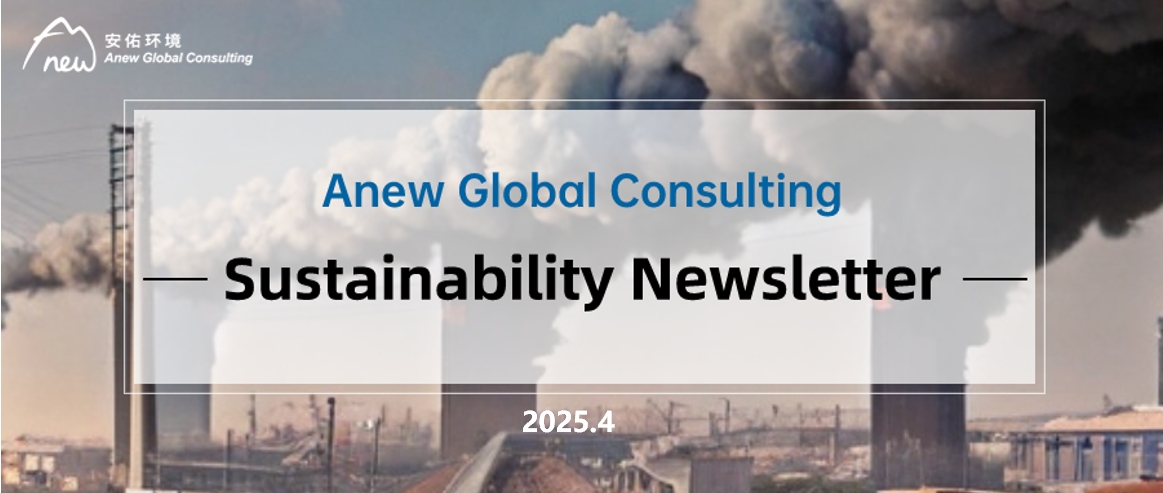Carbon Emission Newsletter -April,2025

No.1

The Cyberspace Administration of China and nine other departments have issued the "Key Points for the Coordinated Transformation and Development of Digitalization and Greenization in 2025"
The "Key Points of Work" deploys 22 key tasks in four areas. Firstly, promote the green and low-carbon development of the digital industry, including promoting the green transformation of data centers, promoting the green operation of base stations, promoting the green manufacturing and use of electronic information products, and guiding the zero-carbon development of leading digital technology enterprises. Secondly, accelerate the green transformation of digital technology empowerment. This includes promoting the green transformation of eight fields including power, mining, metallurgy, petrochemicals, transportation and logistics, construction, urban operation, and modern agriculture, as well as promoting the ecological environment governance of digital technology empowerment and creating pilot demonstrations for digital green collaborative transformation and development. Thirdly, give full play to the driving role of green transformation in the digital industry. This includes upgrading digital and green infrastructure, accelerating digital and green integration and innovation, building a digital and green industrial system, and cultivating digital and green composite talents. Fourth, strengthening overall coordination and promotion. This includes strengthening organizational leadership, improving regulations and policies, deepening international cooperation, and strengthening publicity and guidance.
No.2

The first draft of the Ecological Environment Code was unveiled
On April 27, 2025, the draft of the Ecological Environment Code was submitted to the 15th meeting of the Standing Committee of the 14th National People's Congress for review. The draft achieved "four firsts", including: naming the code as "ecological environment" for the first time; adopting the logic based on the values of "harmonious coexistence between man and nature" in the compilation of the code for the first time; including pollution prevention and control, ecological protection, and green and low-carbon development in the code for the first time; and adopting a moderate codification model for the first time to deal with current legislation. The draft is divided into five parts, including general provisions, pollution prevention and control, ecological protection, green and low-carbon development, legal liability and supplementary provisions, with a total of 1188 articles.
No.3

The first domestic climate guidelines are open for public comment
On April 30, 2025, the Ministry of Finance and the Ministry of Ecology and Environment jointly solicited opinions on the "Proposed Draft of Enterprise Sustainable Disclosure Guidelines No. 1 - Climate (Trial) " (hereinafter referred to as the "Climate Guidelines"). The "Climate Guidelines" consists of six chapters and 47 articles, including general provisions, governance, strategy, risk and opportunity management, indicators and targets, and supplementary provisions. The Ministry of Finance mentioned in the drafting instructions that the "Exposure Draft" follows the four principles of "convergence" with international standards based on basic standards, adheres to the separation of standard formulation and implementation, and takes into account the needs of industry application.
No.4

Columbia University's Global Sustainable Development Summit was held successfully
On April 13th, Columbia University held a global sustainable development summit in New York with the theme of "Promoting Human Civilization, Linking You and Me in the Future". The summit established six sub-forums covering multiple core areas such as green finance, hard technology, life sciences, and social culture. At the opening ceremony, a representative of the Columbia University Global Youth Sustainable Development Alliance emphasized the importance of interdisciplinary, cross-industry, and cross-generational collaboration, and pointed out that the younger generation is a key force driving change.
-END-